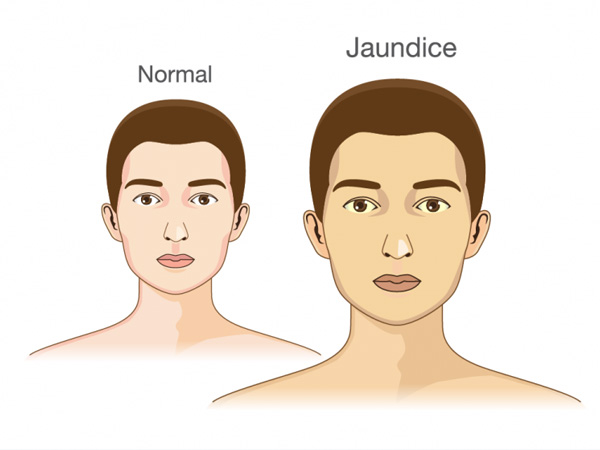
Jaundice is a yellow discoloration of the skin, mucous membranes, and the whites of the eyes caused by increased amounts of bilirubin in the blood. Jaundice is a sign of an underlying disease process.
Someone with jaundice is likely to have a yellow look to their skin and the whites of the eyes.
Many newborn babies develop jaundice, but the condition can affect people of all ages. This article looks at older children and adults.
Jaundice is caused by a build-up of bilirubin in the blood and body tissue. That build-up is often due to conditions affecting the liver, such as cirrhosis, hepatitis or gallstones.
Treatment depends on the cause of the underlying condition leading to jaundice and any potential complications related to it. Once a diagnosis is made, treatment can then be directed to address that particular condition. If you have signs of jaundice, seek medical advice.